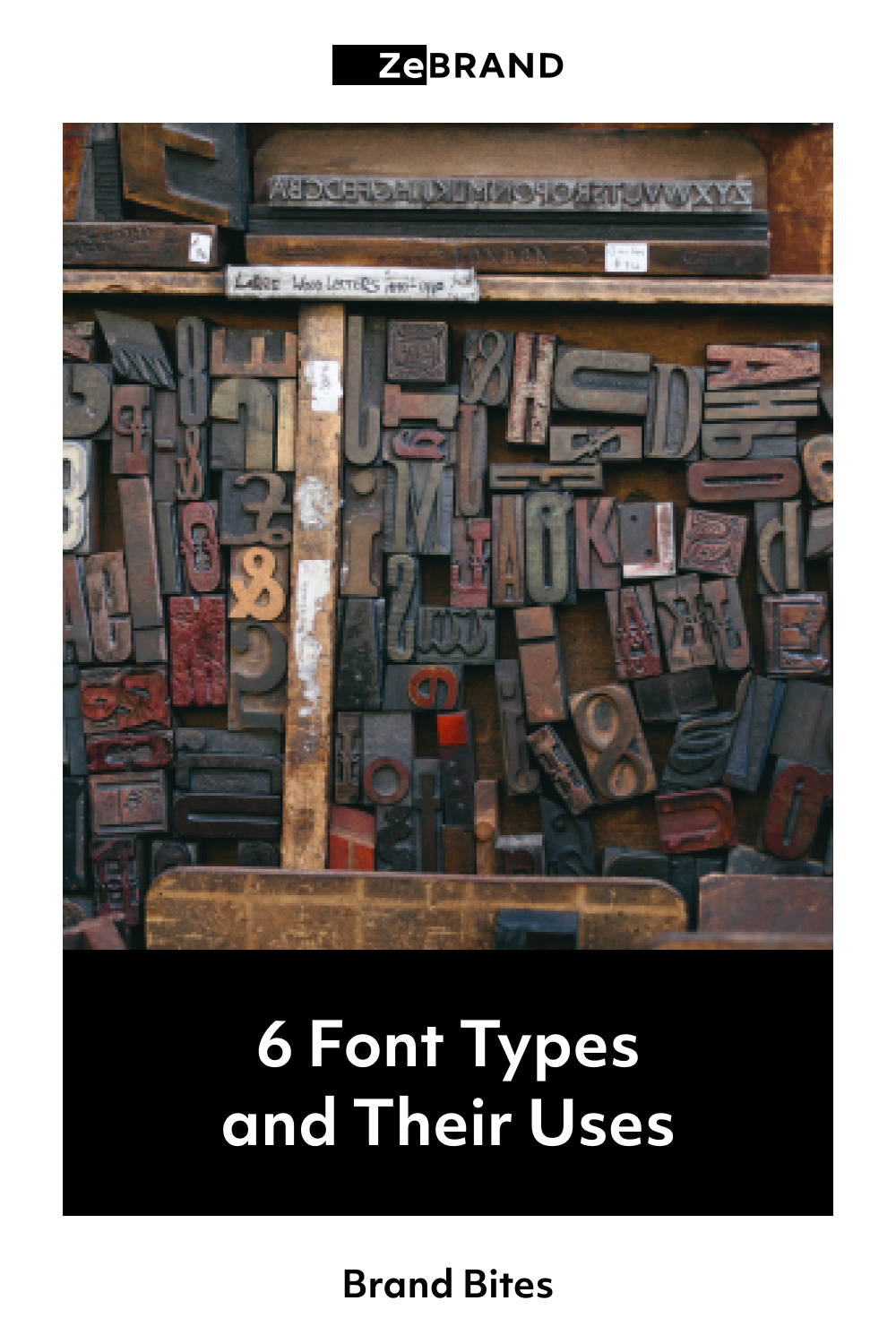6 Font Types and Their Uses | Choose Your Right Font
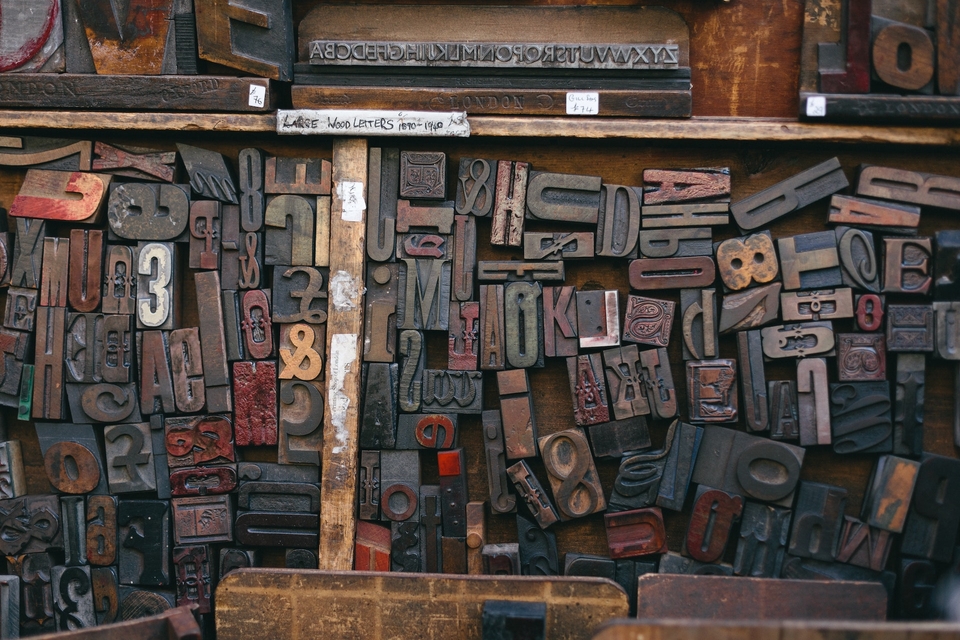
There are hundreds of fonts out there to choose from
When you are involved in any design related project, one of the first things that your designer and you will have to figure out is to identify the right font for that project. There are hundreds of fonts to pick from but it can be really difficult to pick the right one for your needs. Let us look at the main types of fonts and their features so it becomes easier to choose.
The 6 Types of Fonts
1. Serif Fonts
Serif fonts have their origins in the Latin alphabet. They started as words carved into stone. Serif fonts are so called because serif is a stroke or a line attached to the letters.
Today, they are considered to be the original fonts and are widely used.
They are often associated with tradition, culture, sophistication, and trust. Many famous brands use serif fonts, especially brands in the fashion and finance industries. Examples of brands using serif fonts include Vogue, Burberry and J.P. Morgan.
Serif fonts are also used in daily life and you will have encountered them before. Examples of serif fonts are Times New Roman, Georgia, Grammond.
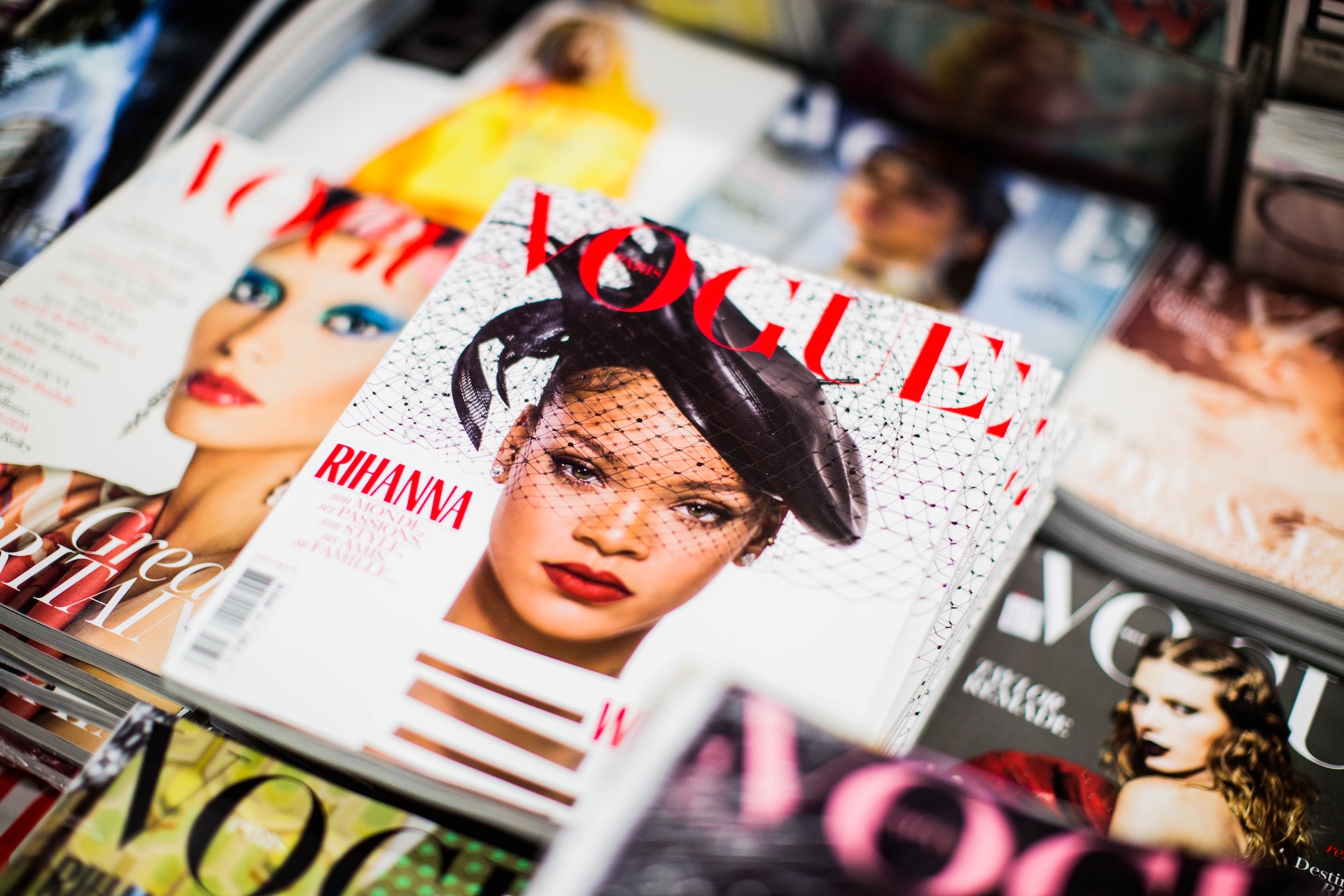
Photo by Charisse Kenion on Unsplash
2. Slab Serif Fonts
These are the bolder and chunkier versions of the serif fonts. Examples of fonts include rockwell and arvo.
Their block-like serifs catch the viewer’s attention and are used in large media spaces like billboards. They can also be easy to read. Amazon’s Kindle uses slab serif as its default.
Slab serif fonts are used by many companies including Honda, Mozilla, and Volvo. Their legibility and their bold look makes it popular with companies that have a heritage and want to look current.
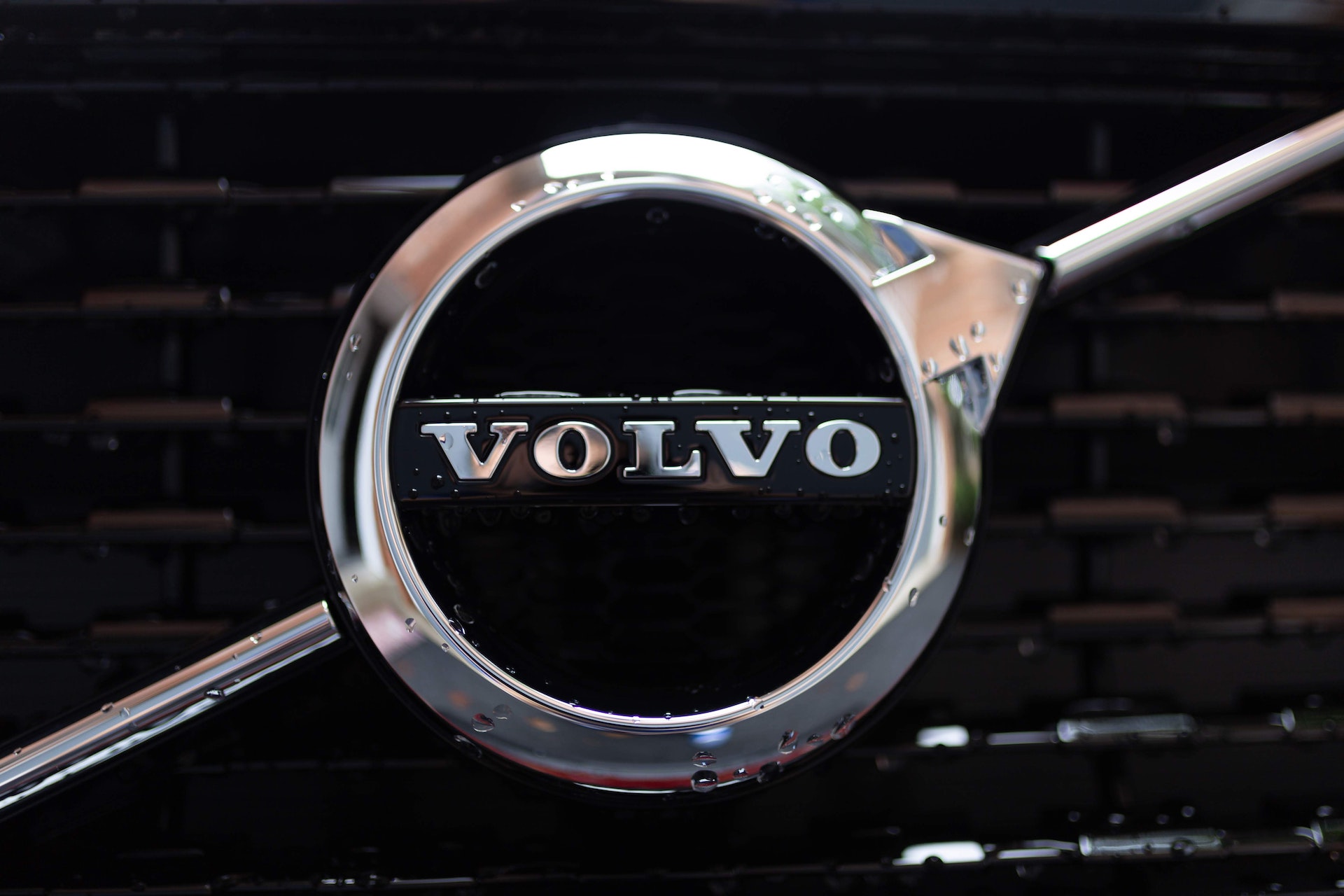
3. Sans serif fonts
Sans serif fonts are fonts without the serif or the curve at the top and bottom of the letterforms. They are considered to be simple, with lines of similar width throughout. Examples of fonts are arial and roboto. They started becoming popular relatively later compared to the serif family of fonts. They began to be seen more in the public eye from the mid 19th century.
Companies are beginning to opt for sans serif fonts to have an overall clean look. They also want to ensure legibility and compatibility of fonts across all devices and platforms. Google’s decision to shift from to their signature serif font to a sans serif font was heavily discussed. Mastercard also rebranded to use a sans serif font. The sans serif fonts are associated with clean design and efficiency. They are popular with companies that focus on innovation.
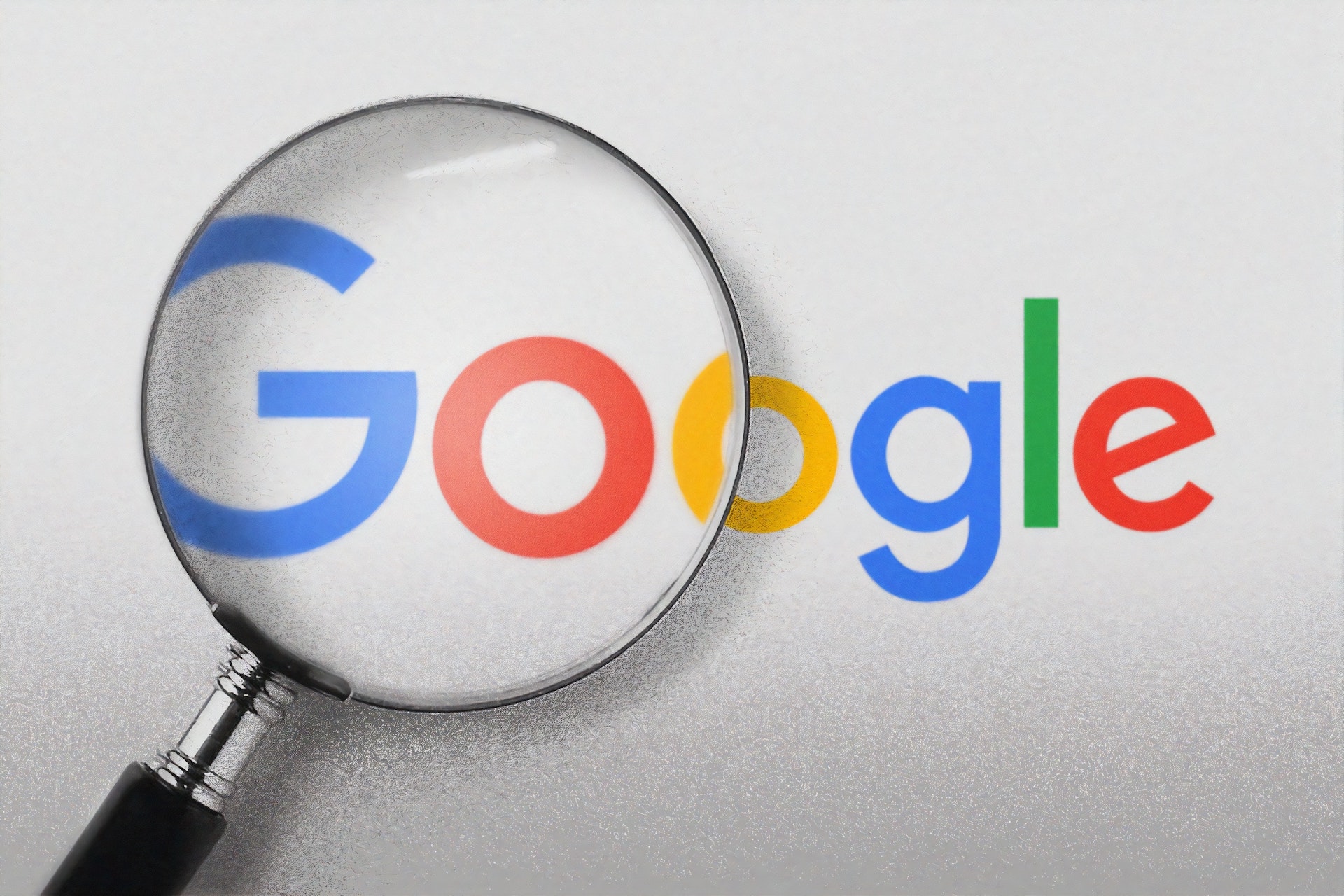
Photo by Morning Brew on Unsplash
4. Script Fonts
Script fonts use the cursive handwriting style. They can be formal or informal but they normally have a strong presence. They have the potential to be unique. Examples of script fonts include lucida script and pacifico.
Casual styles based on script fonts will often use trends. But some brands have managed to develop their own style. Brands with memorable script fonts are Johnson & Johnson and Ford. Script fonts are associated with being elegant, unique, and memorable.
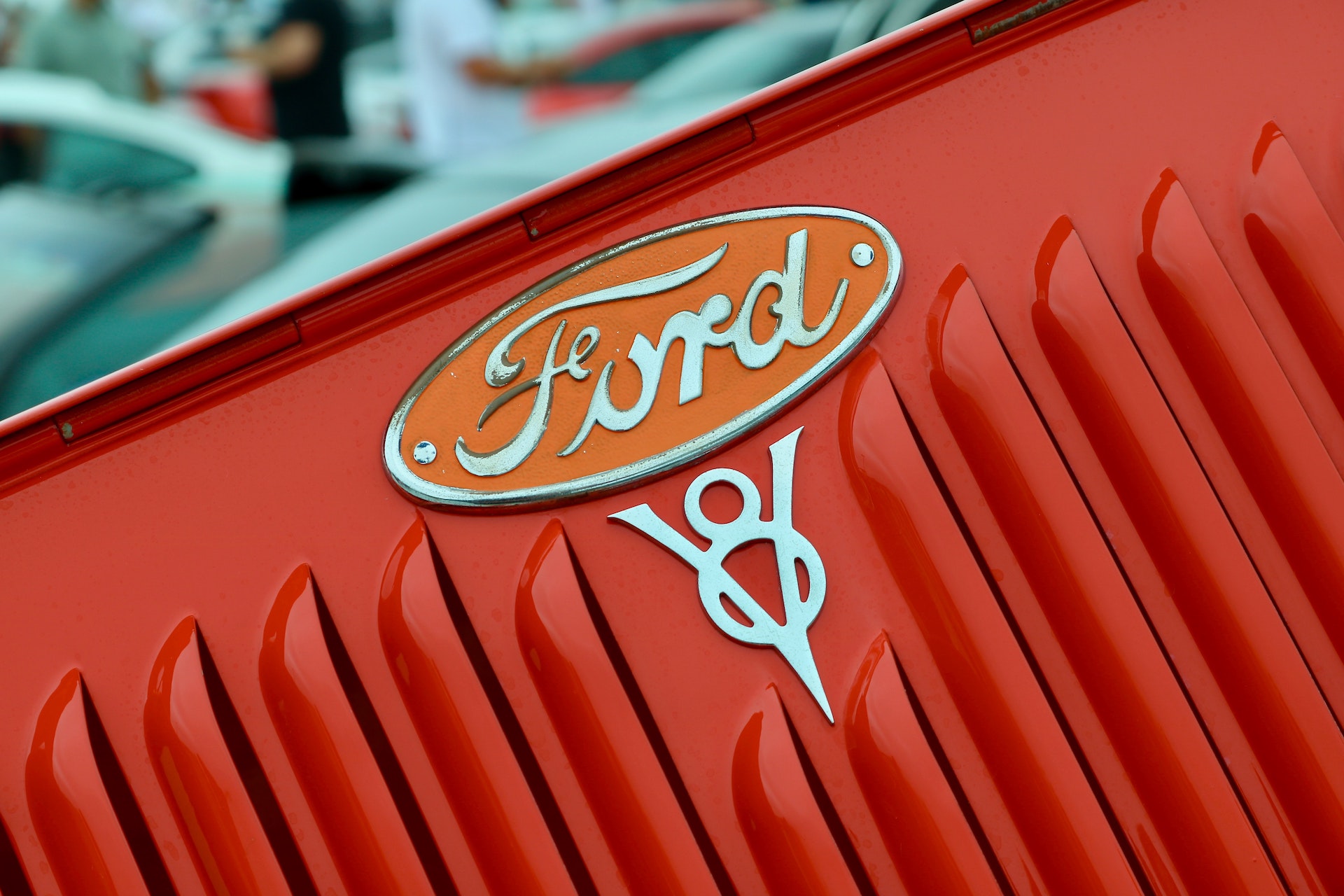
Photo by James Lee on Unsplash
5. Decorative Fonts
Decorative fonts combine various styles and graphics. There is also room for designers to experiment and come up with their own fonts. Examples of fonts include bangers and fredericka.
Decorative fonts can be dramatic and distinctive. Examples of brands that have mastered and owned some great decorative fonts are Disney and Lego. One risk to be aware of with this font type though, is the tendency to end up copying an existing font (like Disney) and risking copyright infringement. But when you get the decorative font right, they can be great for your brand.
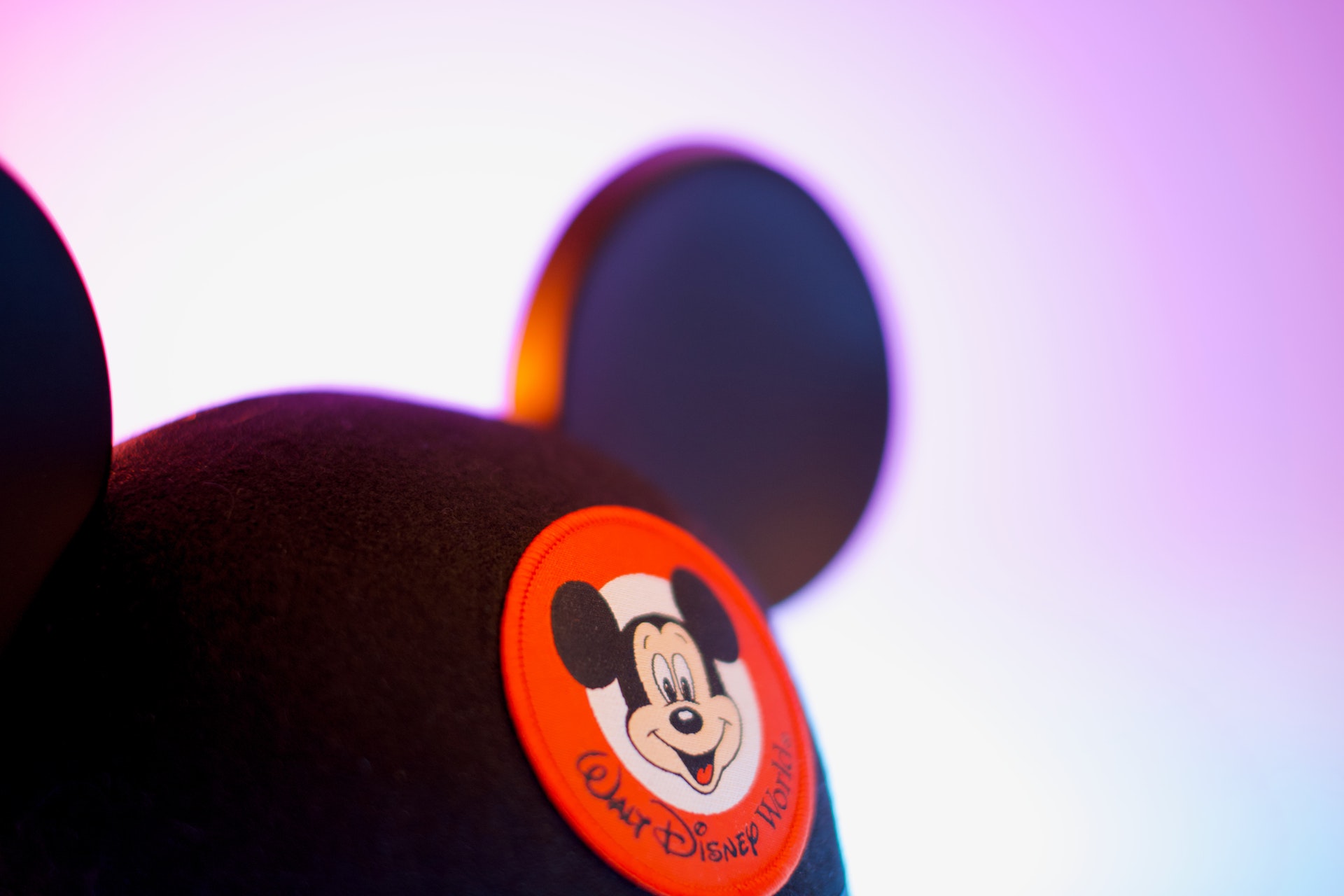
Photo by Brian McGowan on Unsplash
6. Handwritten Fonts
Handwritten fonts are different to script fonts in that they use a more natural style of writing. There are a range of handwriting styles, so this font can be very broad. Examples of handwritten fonts are sacramento and just another hand.
They are associated with being artistic, playful and casual. They are popular with independent labels and shops like coffee shops or breweries.
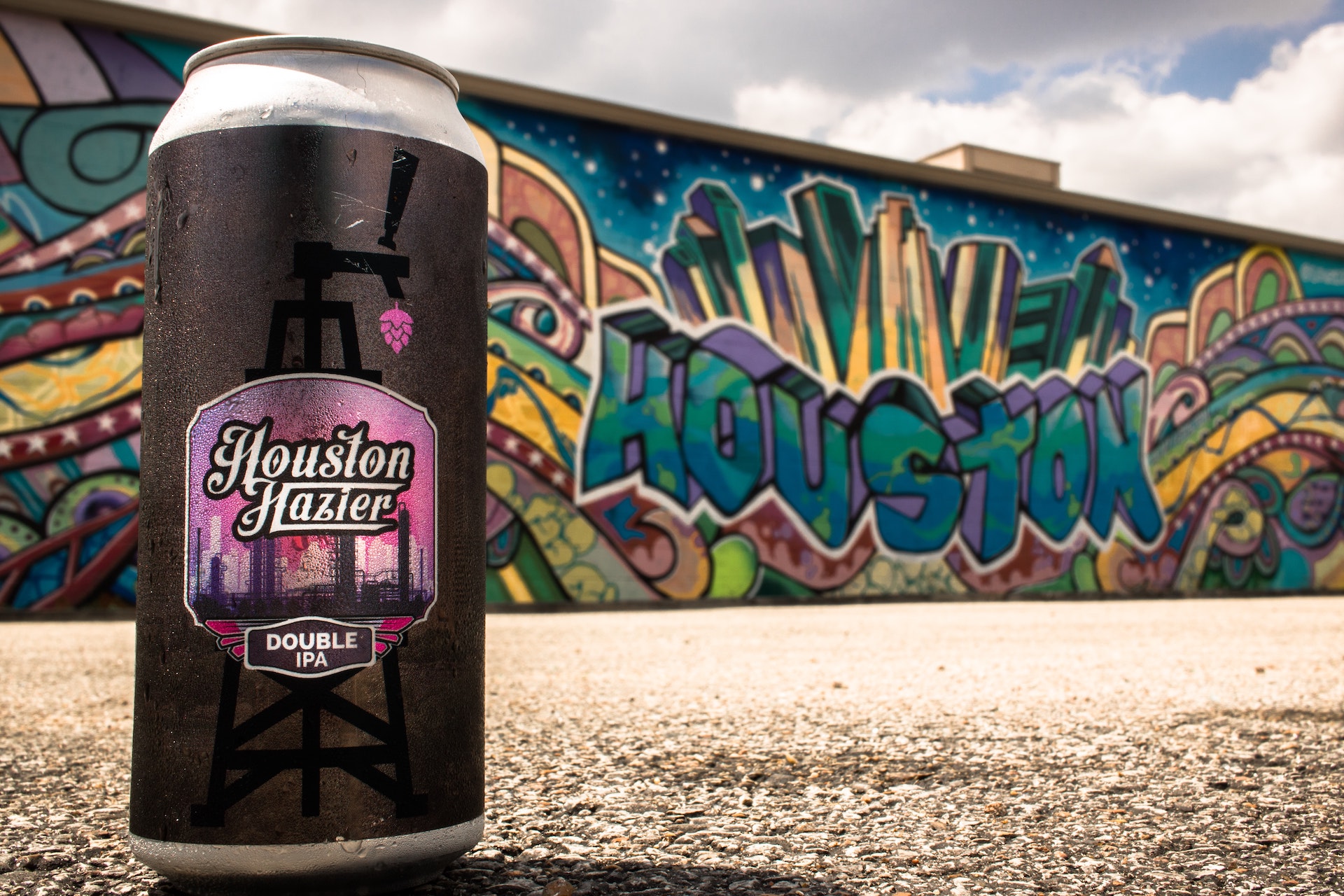
Photo by Josh Olalde on Unsplash
There are many fonts available today. Nevertheless, if you know the features of the 6 main font types, it will be easier for you to navigate the world of fonts. There are several ways to use them, including sometimes combining them. Depending on whether you are designing for the screen or for packaging, the choice of font may differ too.
The first step is to have a sound understanding of your own brand and business, to figure out what type of personality your brand has and what identity it relates to. Finding your brand’s voice will help you then identifying which font is best suited for it.
Ultimately there are no hard rules in choosing the right font and it’s perfectly normal for designers to experiment with a range of fonts before deciding on one.
Featured Image - Photo by Bruno Martins on Unsplash
